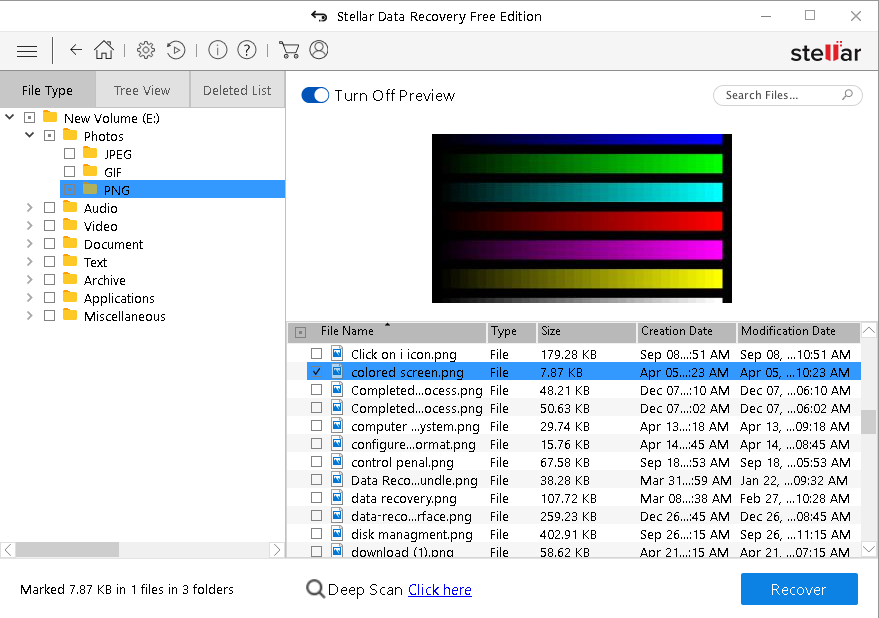
This article is a non-technical introduction to the subject. For the main encyclopedia article, see. FAT,,,,,,, Full name File Allocation Table Variants 8-bit FAT,,,,,,, Introduced 1977 ( 1977) with /: FAT12: 0x e.a. (Extended Attribute) FAT16: 0x e.a. FAT32: 0x e.a.: EBD0A0A2-B9E5-4433-87C0-68B6B72699C7 Structures Directory contents Table File allocation Bad blocks Cluster tagging Limits Max. Volume size FAT12: 32 (256 MiB for 64 KiB clusters) FAT16: 2 GiB (4 GiB for 64 KiB clusters) FAT32: 2 (16 TiB for ) Max. File size 4,294,967,295 bytes (4 – 1) with FAT16B and FAT32 Max.
August 31, 2018 09:56 PM. The discovery of a 13th mutilated cat, killed with despicably familiar violence, has unnerved homeowners and law enforcement. Acer aspire e1 522. Step 3: Download and Try Data Recovery Software. Click here to get Recuva which is a free hard drive recovery tool from Piriform (the makers of CCleaner).
The hare psychopathy checklist revised pdf download. Number of files FAT12: 4,068 for 8 clusters FAT16: 65,460 for 32 KiB clusters FAT32: 268,173,300 for 32 KiB clusters Max. This section needs expansion with: General descriptions of the various FAT file system types per talk page. Alternatively, the missing information could be added to the various existing chapters.
The very technical contents previously residing under Technical design were split out to. If you came here via an existing link please fix up the link by pointing it to instead, or leave a note on the talk page for assistance.
All previous embedded anchors continue to exist in the new article. You can help. ( May 2014) The name of the file system originates from the file system's prominent usage of an index table, the ( FAT), statically allocated at the time of formatting. The table contains entries for each, a contiguous area of disk storage. Each entry contains either the number of the next cluster in the file, or else a marker indicating end of file, unused disk space, or special reserved areas of the disk.
The root directory of the disk contains the number of the first cluster of each file in that directory; the operating system can then traverse the FAT, looking up the cluster number of each successive part of the disk file as a cluster chain until the end of the file is reached. In much the same way, sub-directories are implemented as special files containing the directory entries of their respective files.
Originally designed as an 8-bit file system, the maximum number of clusters has been significantly increased as disk drives have evolved, and so the number of bits used to identify each cluster has grown. The successive major variants of the FAT format are named after the number of table element bits: 12 (), 16 (), and 32 (). Except for the original precursor, each of these variants is still [ ] in use. The FAT standard has also been expanded in other ways while generally preserving backward compatibility with existing software.